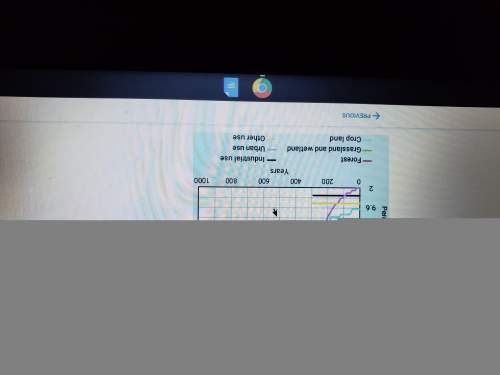
Chemistry, 17.06.2020 05:57, maciemessing2
The amino acid glycine is often used as the main ingredient of a buffer in biochemical experiments. The amino group of glycine, which has a pKa of 9.6, can exist either in the protonated form (-NH3+) or as the free base (−NH2), because of the reversible equilibrium:
R-NH3+ left right double arrow R−NH2 + H+
A) In what pH range can glycine be used as an effective buffer due to its amino group?B) In a 0.1 M solution of glycine at pH 9.0, what fraction of glycine has its amino group in the -NH3+ form?C) How much 5 M KOH must be added to 1.0 L of 0.1 M glycine at pH 9.0 to bring its pH to exactly 10.0?D) When 99% of the glycine is in its -NH3+ form, what is the numerical relation between the pH of the solution and the pKa of the amino group?

Answers: 1
Other questions on the subject: Chemistry


Chemistry, 22.06.2019 16:00, sassy11111515
The chemical equation below shows the reaction of sodium (na) and chlorine (cl) to form sodium chloride (nacl). 2na + cl2 → 2nacl in this equation, which of the following is a reactant? i. sodium ii. chlorine iii. sodium chloride
Answers: 1


Chemistry, 23.06.2019 04:31, laurenbreellamerritt
How big are the bighest ocean waves at mavericks
Answers: 1
Do you know the correct answer?
The amino acid glycine is often used as the main ingredient of a buffer in biochemical experiments....
Questions in other subjects:


Mathematics, 05.04.2020 11:27

Mathematics, 05.04.2020 11:27

Biology, 05.04.2020 11:27

Chemistry, 05.04.2020 11:27

Mathematics, 05.04.2020 11:27

Chemistry, 05.04.2020 11:28


Mathematics, 05.04.2020 11:30





![pH = pKa + log [\dfrac{NH_2}{NH_3^+}]](/tpl/images/0687/6688/3d8e8.png)
![pH = pKa + log [\dfrac{0.01}{0.99}]](/tpl/images/0687/6688/7b228.png)






